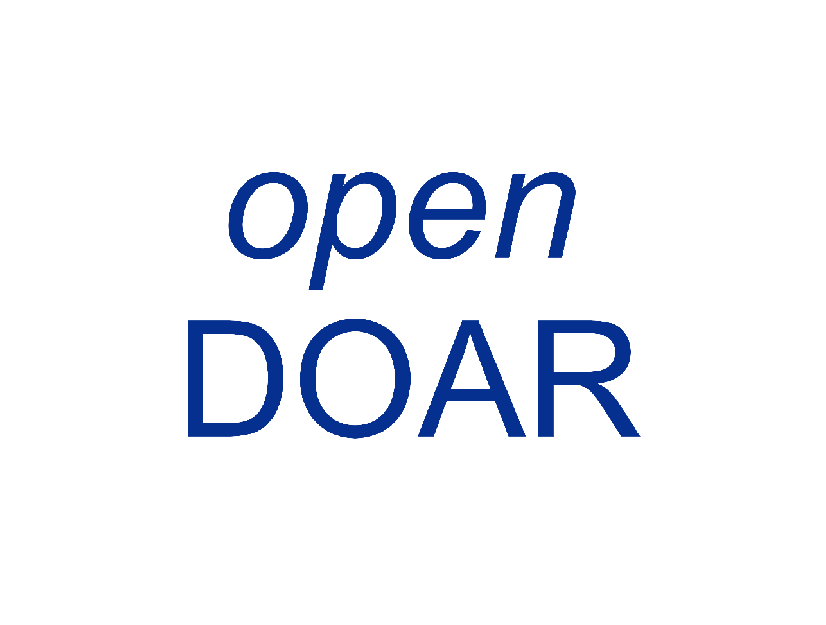Desarrollo Psicomotor en niños de 3 A 5 Años en la Institución Educativa Privada Ernest Hemingway - Huancayo 2019
Fecha
2019-11-21Autor
Manuelo Orihuela, Sonia
Taipe Huaman, Tania
Metadatos
Mostrar el registro completo del ítemResumen
El presente trabajo de investigación titulado; “Desarrollo psicomotor en niños de 3 a 5 años en la institución educativa privada Ernest Hemingway – Huancayo 2019” tuvo como objetivo general: Determinar el desarrollo psicomotor en niños de 3 a 5 años en la Institución Educativa Privada Ernest Hemingway - Huancayo 2019. Siendo la variable de estudio desarrollo psicomotor, con sus tres áreas, motor grueso, coordinación y lenguaje.
El método de estudio fue descriptivo de corte transversal, la muestra estuvo constituido por 15 niños de 3 a 5 años de la Institución educativa Privada Ernest Hemingway. El resultado fue que: del total de 15 (100%) niños evaluados con el test de desarrollo psicomotor TEPSI. Presentan un resultado Normal los 12(80%), un resultado de riesgo 3(20%) y 0(0%) sin retraso. Siendo el mayor porcentaje del 80% equivalente a 12 niños con un resultado normal en el desarrollo psicomotor. Y la conclusión general; Se identificó que de los 15 niños evaluados El 80% de los niños evaluados presentan un resultado de Normal. This research work entitled; “Psychomotor development in children aged 3 to 5 years in the private educational institution Ernest Hemingway - Huancayo 2019” had as a general objective: To determine the psychomotor development in children aged 3 to 5 years in the Private Educational Institution Ernest Hemingway - Huancayo 2019. Being the study variable psychomotor development, with its three areas, gross motor, coordination and language.
The study method was cross-sectional descriptive, the sample consisted of 15 children aged 3 to 5 years of the Ernest Hemingway Private Educational Institution. The result was that: of the total of 15 (100%) children evaluated with the TEPSI psychomotor development test. The Normal result is 12 (80%), a risk result 3 (20%) and 0 (0%) without delay. Being the highest percentage of 80% equivalent to 12 children with a normal result in psychomotor development. And the general conclusion; It was identified that of the 15 children evaluated 80% of the children evaluated have a Normal result.
Colecciones
- Enfermeria [358]







